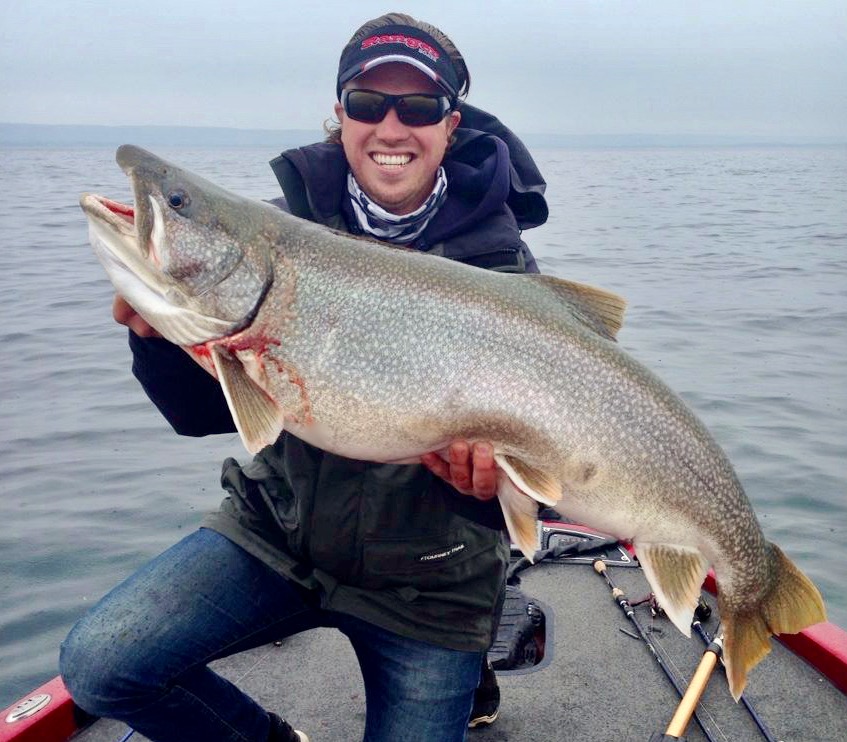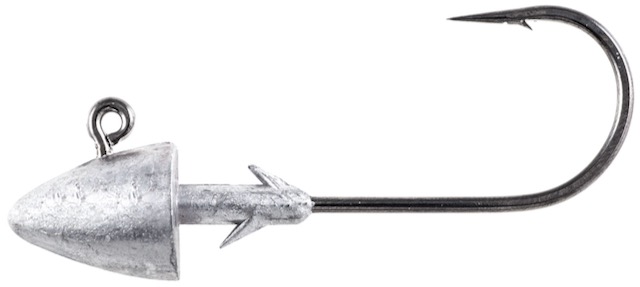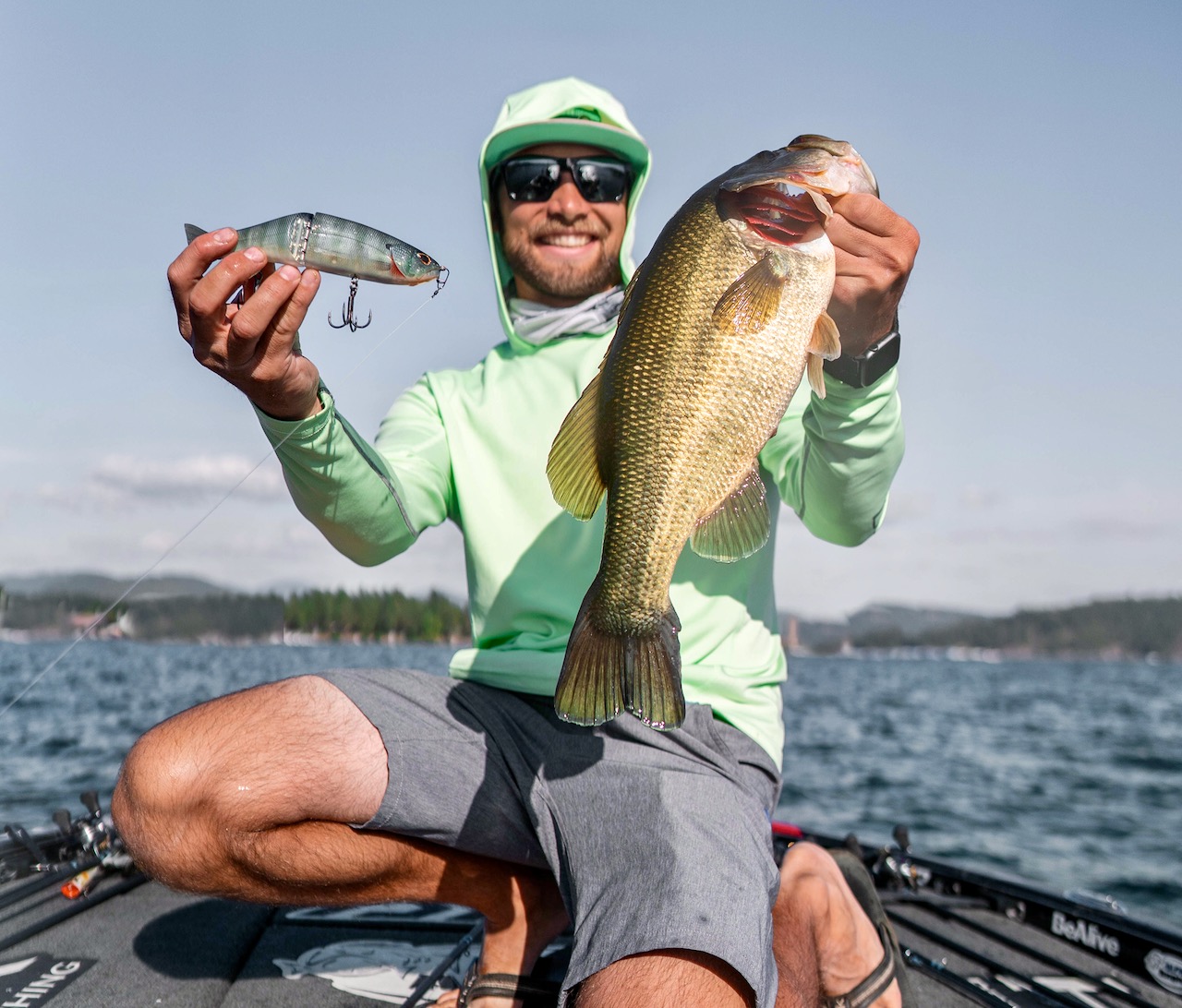IN THE SWIM OF THINGS
Pro swimbait tactics for putting more walleye, bass and lakers in the boat this summer
Advertisement

ANGLER: PERRY POIRIER
TACTIC: BIG BAITS FOR DEEP LAKERS
Living in Grimsby, Ontario, on the southwestern shore of Lake Ontario, Perry Poirier cut his big-water teeth trolling for chinook salmon, only to become fascinated by the bottom-hugging lake trout he saw on his electronics. It wasn’t long before he figured out the best time to target them was in August, from early morning through to midday. He also found he could catch them using swimbaits on light tackle, making for epic battles with fish pushing 30 pounds. “They’re a ton of fun to hook into on light tackle,” he says. “It’s a totally different experience than fighting them on trolling gear.”
According to Poirier, Lake Ontario’s summertime lakers relate to irregular bottom contours and tight, sloping contour lines in 100 feet of water. If you don’t see fish on your electronics, he says, don’t even bother dropping down a bait. When he does find fish, however, his lure of choice is a four- to six-inch soft-plastic swimbait in white or purple. He threads the bait onto a ¾- to one-ounce Owner Saltwater Bullet jig, which features a stout hook for withstanding the brute power of the lake trout.
Advertisement
Poirier says either spinning or baitcasting outfits will work for this presentation, as long as they’re tough enough to handle the trout. In fact, he uses two of his seven-foot, fast-action bass set-ups: a spinning rod and reel with 10-pound braid and a seven-foot-long, 12-pound fluorocarbon leader; and a baitcasting outfit spooled with 40-pound braid and a 15-pound fluorocarbon leader.

Though lakers school up during the summer months, Poirier targets individual fish. When he spots one, he’ll mark a waypoint on his electronics and engage the spot-lock function on his trolling motor. He then turns up the ping speed and sensitivity on his sonar so he can watch how the fish reacts to his offering, which he avoids overworking. “There are gobies, alewives and smelt that are easy for lakers to eat,” he says. “They don’t want to chase a jig that’s ripping away from them.”
Success often comes on the first drop. If not, Poirier says he’ll employ a slow but steady jigging action, with a one- or two-foot lift, for no more than 30 seconds. Then he’ll cast again. “Sometimes when they hit that swimbait,” he says, “they almost rip the rod out of your hand.”
Advertisement

